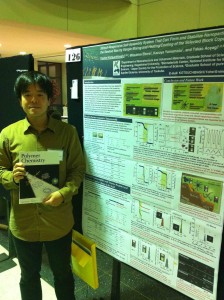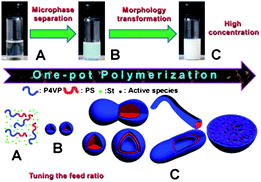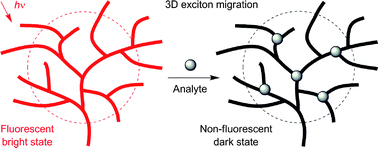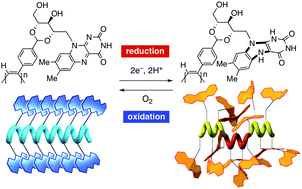Congratulations to Yohei Kotsuchibashi of Kagoshima University for winning the Polymer Chemistry poster prize at the 6th International Symposium on Stimuli-Responsive Materials.
The title of his winning poster was “Stimuli-Responsive Self-Assembly System That Can Form and Stabilize Nanoparticles at the Desired Size by Sample Mixing and Heating/Cooling of the Selected Block Copolymers”.

Yohei Kotsuchibashi works in Professor Takao Aoyagi’s group at Kagoshima University. The 6th International Symposium on Stimuli-Responsive Materials was held 26-27th October 2010 in Hattiesburg, USA.














![NNCAJWITQ3CA65OY3CCAD7BD1XCAI6NT9ICAW3ZTGSCA6UKW2OCABNZQMDCAULS386CA6FMIXMCAB11870CARE9YIDCA7KR95BCA2FI983CAR2LVGNCAIAGBWUCAOVSEOBCAL2S7RFCAZX9DLKCA272FMF Graphical abstract: Probing cucurbit[8]uril-mediated supramolecular block copolymer assembly in water using diffusion NMR](https://blogs.rsc.org/py/files/2010/10/NNCAJWITQ3CA65OY3CCAD7BD1XCAI6NT9ICAW3ZTGSCA6UKW2OCABNZQMDCAULS386CA6FMIXMCAB11870CARE9YIDCA7KR95BCA2FI983CAR2LVGNCAIAGBWUCAOVSEOBCAL2S7RFCAZX9DLKCA272FMF.gif)





